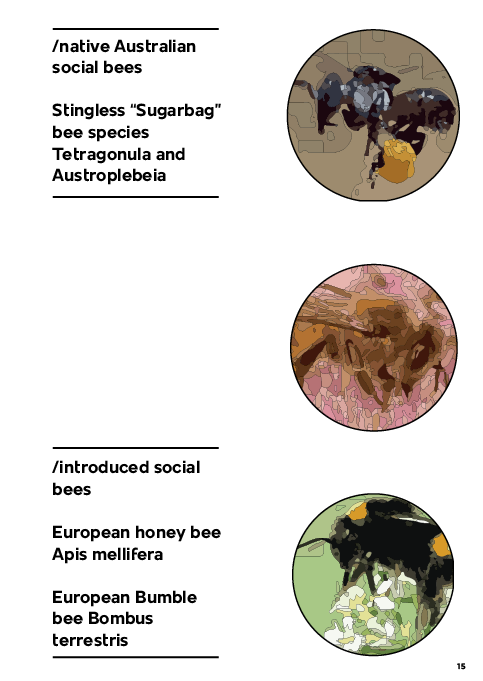Hivebank
"No bees, no bears..."
Project: Hivebank
Role: Design, Research, Interaction
Duration: July - December 2019
Project Vision
/Our project is focused on creating a bee haven, to promote bee repopulation.
/Building a discovery centre provides an opportunity to educate the public about bees, while also creating a safe environment for their repopulation.
/Locating our project within a struggling ecosystem, the bee revitilisation of the area will tangibly demonstrate their necessity to life on Earth.The Wicked Problem
/“no bees, no bears” is the starting point of our project as it summarises our belief that without the complex ecological diversity afforded by the existence of bees in Earth’s ecosystems, we would not bee here. We began this project looking at the Wicked Problem of Climate Change and its impact on Earth's ecosystems.
We quickly discovered research showing bee populations in decline as a result of climate change.
Bees are crucial to all ecosystems on Earth, so we made them the focus of our project. Kickoff
We wanted to showcase bee behaviour and the best method for doing this was a discovery centre, where humans could observe the bees without impacting on them.
We let the geometry, materiality, and design be driven by our research into bees.
To begin, we asked ourselves some initial key questions. “Can we derive geometry from bees for our final design?”
“How do we showcase bee function?”
“How can we build with minimal environmental impact?”
Beesearch
To begin we had to understand who we were designing for - bees!
We also studied bees in pursuit of geometric principles we could translate into a built form.
We investigated everything from bee navigation; their biological structure; and their interaction with the environment, to the materiality of bees and their byproducts. We narrowed our definitions down to three focus areas: 1.Bee movement
2.The bee itself
3.The hives/nests
Beesearch
1.The geometry of bee movement
Literature reviews indicated bee movement was completely random. However vector mathematics allowed us to derive a pattern of movement. By paralleling the randomness of bee movement with the physics phenomenon of Brownian Motion, we further translated bee movement into a controllable geometry. "...a strong Brownian motion producer (say, a nice hot cup of tea)..."
Adams, D. The Hitchhiker's Guide to the Galaxy
Left: Studies conducted to test bees pathfinding and memoryCentre: The vector mathematics of bee movementRight: .gif of Brownian motionCan we define a geometry?
Using the visual scripting program, Grasshopper, we generated arbitrary movement paths mimicking that of bees. Lofting these we produced abstract shapes and forms. Using 3D modelling, 3D printing, and ingenuiety we were able to showcase these initial designs.








Outcome: Dead End
Despite the investigation, the randomness of bee movement proved too much. So we decided to abandon this investigation and look for other avenues of analysis. Beesearch
2. The geometry of the bee
The biology of the bee is similar to that of all insects, comprised of a body, thorax, and head. We discovered the wings of bees have a very interesting geometric pattern, equivalent to fractals in flora. The supratriangle of bee wings provided us with a basic component from which we could extrapolate a bee wing form infinitely. Translating this into the 3D modelling space, we constructed several initial canopy archetypes. This would become the starting point for our final discovery centre form. 
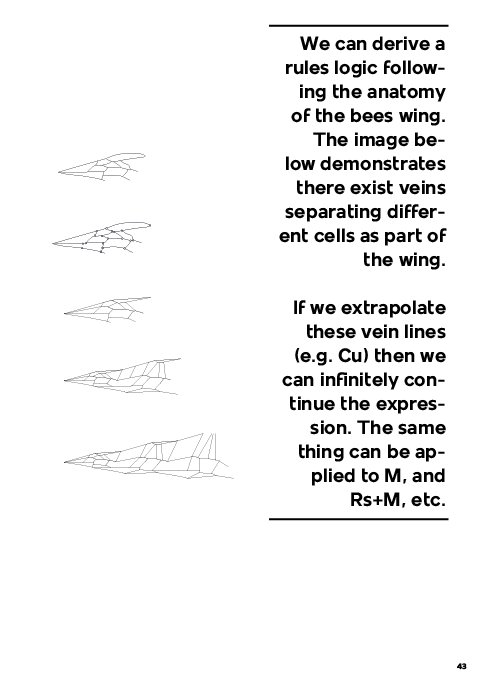

Can we define a geometry?
The supratriangle of bee wings provided us with a basic component from which we could extrapolate a bee wing form infinitely. Translating this into the 3D modelling space, we constructed several initial canopy archetypes. This would become the starting point for our final discovery centre form. 




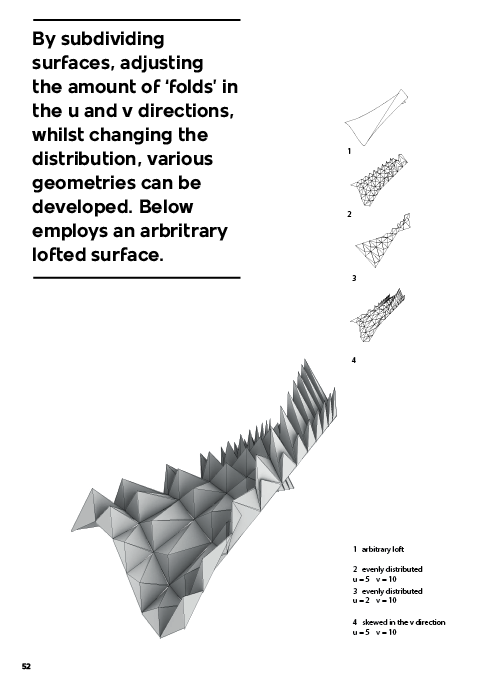
Outcome: Success!
Using this script we have the base workings for a full structure.
We explore this further later.Precedent Analysis and Prototyping
We then researched other instances of forms which use a similar structural typology to our grasshopper script. Jorn Uton’s Jeddah Stadium and Chris Robeller's Vidy Lausanne Theatre's timber CNC construction techniques were our main precedents.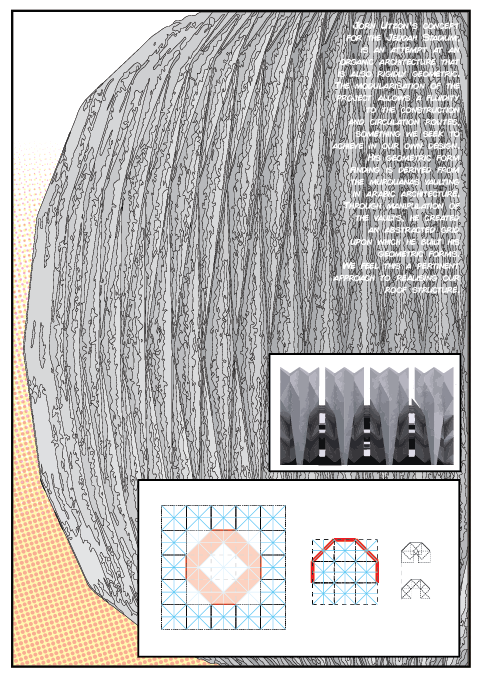
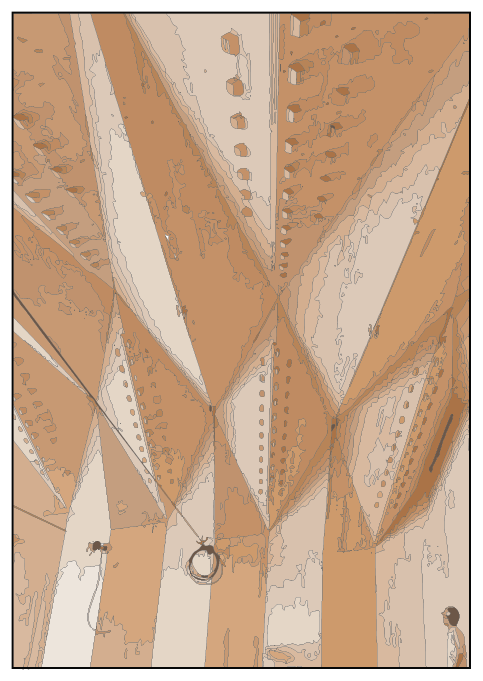



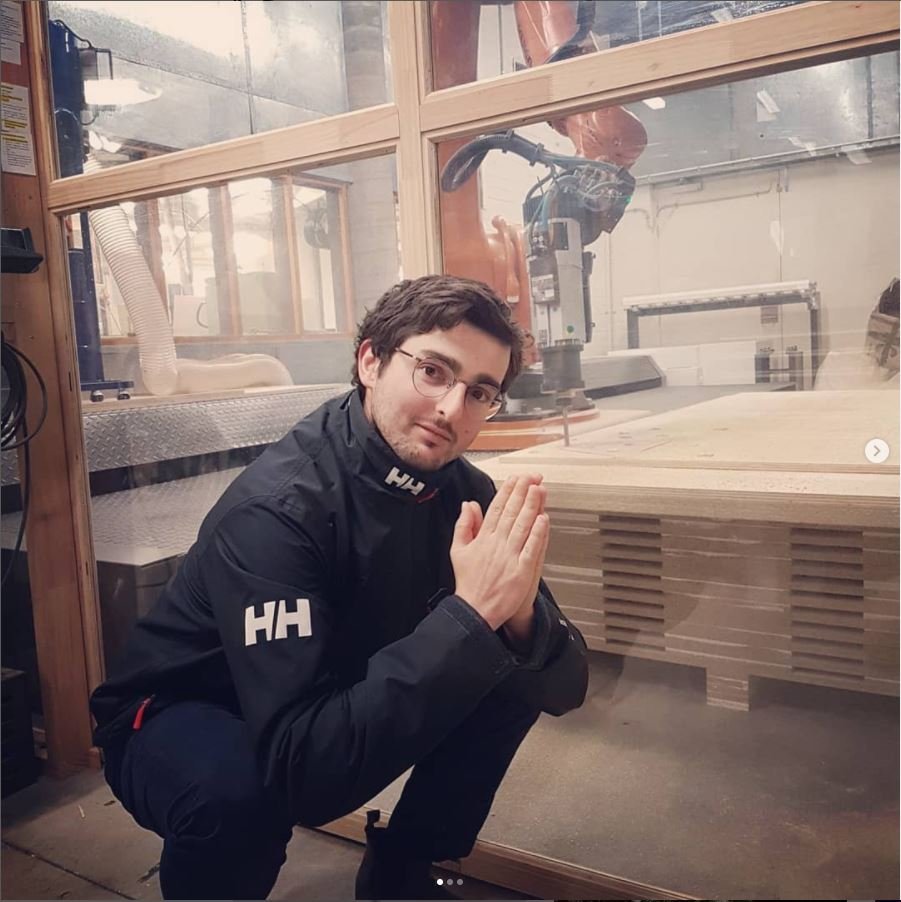

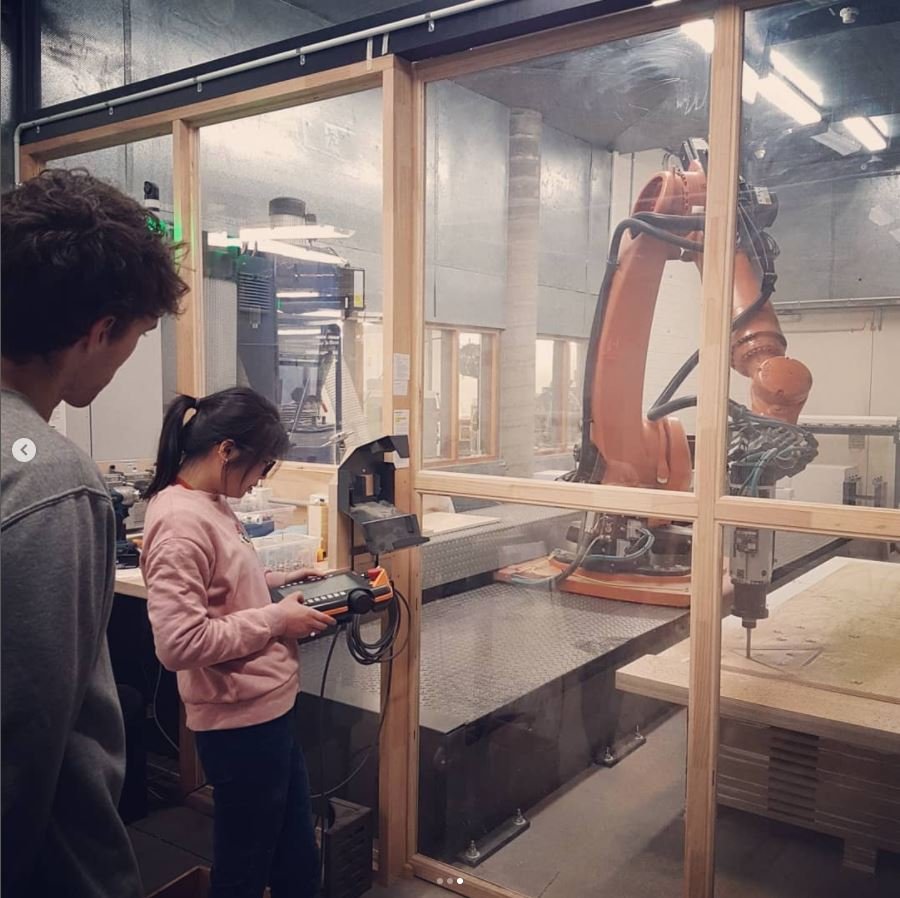
The Hivebank
Through our research we discovered different nesting behaviours of bees. "Solitary" bees behave similar to birds, where they build a nest then mate and leave. On the other hand "Social" bees (which are what the steretypical bee behaves like) build a hive and live in a colony with a queen. This indicated to us that we would need a variety of different nesting typologies within our discovery centre. Although bees use wax to build nests, it cannot be a structural material. However it also proved a challenge to design with it in mind because wax has a very low melting point, which meant that using it would require no direct sunlight.The intent is for the bees to pollinate the barren parkland surrounding the birms with these wildflowers, tangibly showcasing their impact on the environment. The hivebanks function in a way that water flows down, hydrating the plants growing in their timber boxes, while underneath the wax nests are protected.The Site
Within Sydney Olympic Park there are a variety of habitats and natural spaces ranging from swampland, to artificial parks. We found that due to its lack of connection to the surrounding landscape, and its comparatively lower bio diversity, the Newington Armory site would be perfect for showcasing change. By reappropriating the heritage munitions buildings, we could also transform the military history into a force for positive change.





The Final Design
We created an internal and external structure to our discovery centre. The internal was filled with a collection of "seed vault banks" housing a variety of native Australian flora. The external was our derived geometric canopy which covered the site. Holes were punched through the roof of the canopy so bees could escape to the surrounding greenspace, while thin mesh netting spearates the human visitors from the internal nesting spaces.





The current site situationPost bee inhabitation





Final Thoughts
We learnt alot during this process. The research was informative, we had alot of fun discovering and learning. We learnt multiple new programs, we utilised the fabrication centre and played with big robots.If there is anything I could change it would be to outline the process a bit more clearly. Because we spent so much time researching, we had a lot we had to narrow down to define our project. However we still received the highest mark in the year for the project with a 98/100. 













